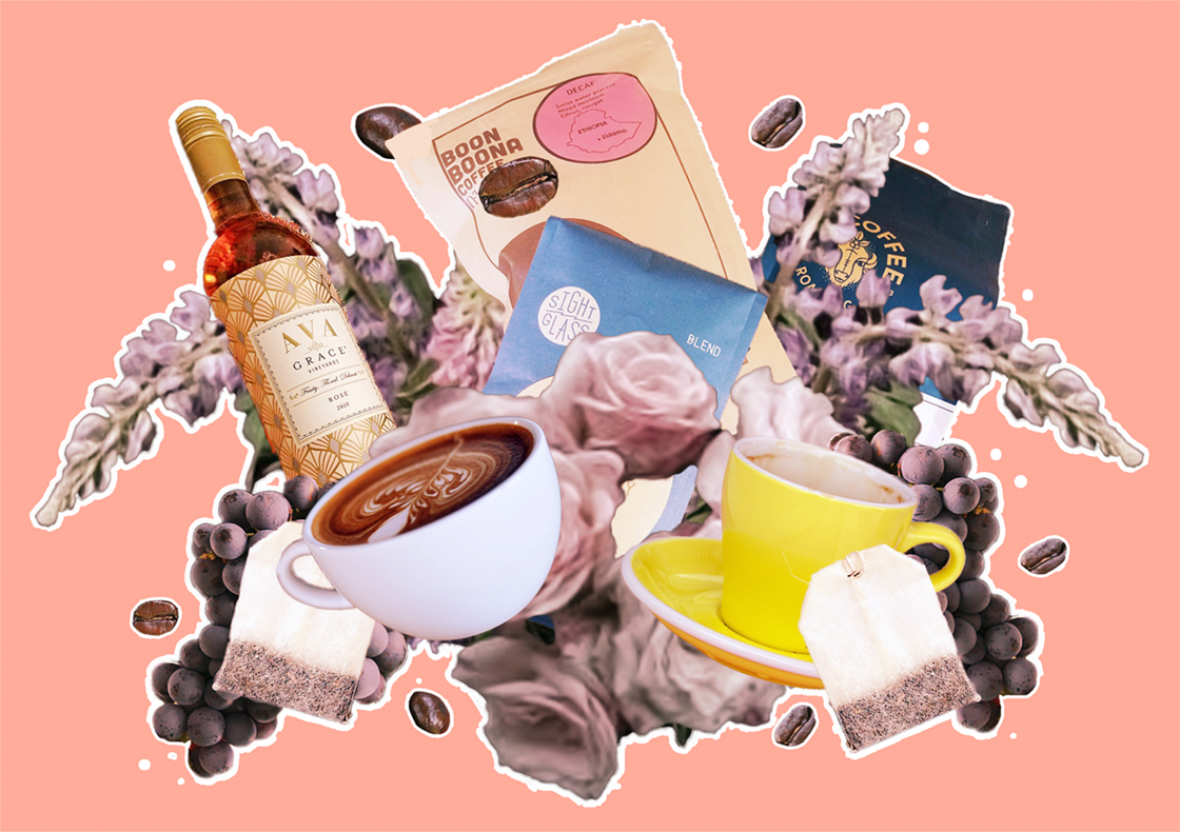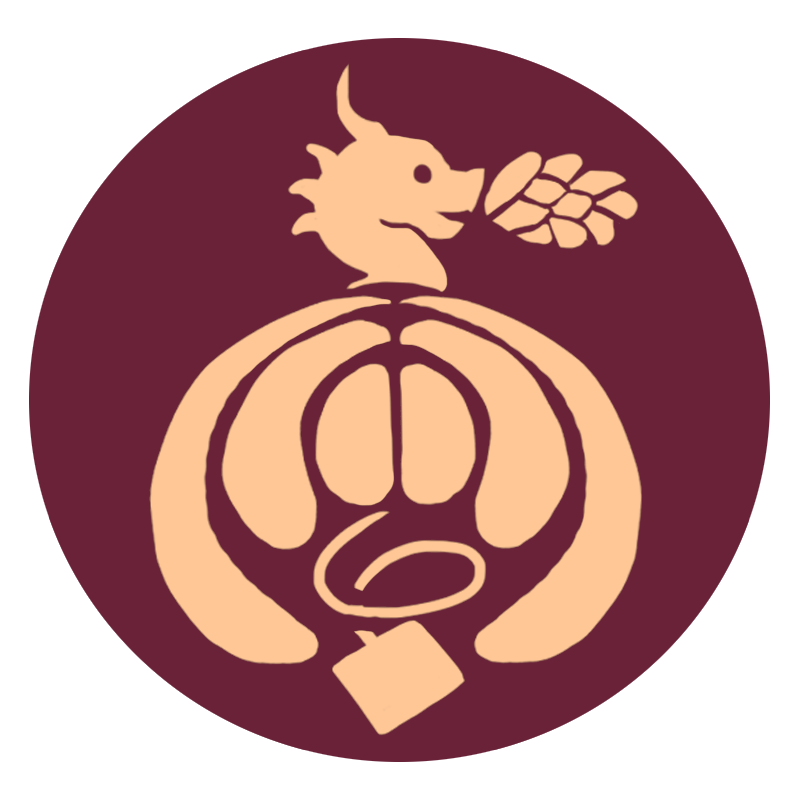Am I dreaming? I must be dreaming. A coffee roaster that specializes in decaf…with decaf sampler packs?
It’s no secret that being a decaf drinker means being comfortable with disappointment. When we’re not faced with The Token Decaf Bag while scrolling through a roaster’s portfolio, we’re sometimes faced with no bag whatsoever. To top things off, we’re inundated with lazy marketing tactics that treat decaf coffee like a punishment, a joke, or a cryptid to be whispered about.
It’s a little obnoxious, to say the least.
This purchase is a lesson in great coffee marketing. Talking Crow Roasters has eschewed the silly approach with a celebration of decaf as a coffee category worthy of nuance. They’re also Washington-based, which means I really had no excuse to take this long.
What do Talking Crow Roasters bring to the table other than a commitment to decaf coffee? Let’s take a look:

Coffee Origin
We’ve got three origins to sift through this time! I chose the Decaf Sumatra, the Decaf Ethiopia, and the Decaf Rwanda for my first round. I’m eager to get more familiar with African coffee, since it’s pretty rare in the decaf coffee space.
Sumatran coffee is one of the more mysterious origins, popping up here and there in roaster portfolios like…well, a cryptid. What type of bean is Sumatra? It’s usually Arabica: more specifically, Mandheling. This is a rather rare subset of Arabica and is only grown in certain regions of Indonesia.
I’ve touched on Ethiopian and Rwandan coffee a few times in the past with Boon Boona Coffee and Rwanda Bean, respectively.
Roaster
Talking Crow Roasters is a Washington-based micro roaster with a focus on specialty decaf coffee. Just typing this sentence fills me with warm fuzzies.
They first set up shop in 2017 with the goal to provide regular coffee drinkers with more than just a token decaf bag. This decision was spurred by health reasons (caffeine is a highly addictive stimulant, after all), eventually resulting in a decaf-centered roastery. This roaster focuses on small-batch specialty coffee and exclusively uses the Swiss Water decaffeination method.
They also emphasize their ongoing goal to reduce their carbon footprint by using a fluid bed roaster. This roasting equipment is new technology, but is slowly becoming more preferred in the coffee industry. Unlike conventional roasting drums that rely on conduction heat, these technically create their own heat. It’s fascinating stuff.





Coffee Packaging
Quaint and simple. This is the less-is-more approach offered by Talking Crow Roasters, offering you an instant look at their namesake.
(not counting the flood of goodies I got with my first order, anyway)
The white bag has a central focal point: the delicate ink illustration of a crow. I’ve mentioned in the past I’m a long-time Redwall fan and I’m flashing back to that book series again with this illustration. What better way to get me in the mood for a cup of coffee than warm nostalgia for a good book?
The coffee packaging rounds itself out with details such as flavor notes, the decaffeination method, the roasting date, the origin, and an overview of their business values.
I also got quite a few extra treats in my box. My first introduction to this roaster included:
- Honey stick
- Chapstick
- Sticker
- Mini brew guide
- Post card
- Ribbon
(I provide copywriting, content writing, and marketing services to coffee businesses throughout the supply chain. Contact me today for my availability and rates.)
Aroma/Mouthfeel
The Decaf Sumatra‘s whole beans smell of a sweet, sweet chocolate bar, while the ground bean gave off more of a softer, baking chocolate scent. The mouthfeel is very full-bodied.
The Decaf Ethiopia had a rich blueberry scent in the whole bean, whereas the ground bean was more like a sugary cracker. The mouthfeel was very soft, almost cotton-like.
The Decaf Rwanda was by far the most classic, smelling chocolatey and earthy in both the whole and ground. The body was a little on the smoother and thinner side.
Flavor Notes
What. A. Doozy. Being able to experience so many decaf coffees from one roaster is an experience I will absolutely not get tired of.
The Decaf Ethiopia is a stunning showcase of why this origin is so celebrated. The pourover and French Press‘s flavor is a vivid blueberry, with the almost cotton-y soft mouthfeel pushing things further. The Moka pot is like an overripe berry, tart and heady, and mixing it in with oat milk had my latte tasting like a hot danish.
The Decaf Sumatra was my second favorite of the batch. While not as distinct as the Decaf Ethiopia, it was reliably tasty and sweet. Smoky chocolate was the dominant note in the pourover, with the French Press shifting to a more neutral baking chocolate. The Moka Pot brought an herbal kick to the mix, a trait I’m encountering more often (and love).
The Decaf Rwanda got the most mixed response out of the three. The pourover was a classic and very rich chocolate flavor, while the French Press tasted just a little off. The Moka pot brought it all home with a heady, earthy flavor undercut with a sweet touch.

Final Verdict
A three-way coffee knockout. I loved every single bag, though the Decaf Ethiopia was the most distinctive and enjoyable by far.
The Decaf Ethiopia was a rich flood of blueberry notes and cotton-y soft mouthfeels, as fresh as if I were eating the fruit. The Decaf Sumatra was more traditional with chocolate notes, yet consistently sweet and smooth. The Decaf Rwanda was more miss than hit, but the Moka pot came through with a delightfully earthy-and-sweet flavor.
There are still several origins I haven’t tried from them, so I’m already excited to revisit this roasting portfolio. If you’re into decaf for whatever reason, get yourself one of their decaf sampler packs and experience some much-needed variety. For drinkers who still want caffeine, they also sell a few regular bags from Costa Rica, Brazil, and Guatemala.
At the risk of sounding redundant: thank you, Talking Crow Roasters!
The next sampler pack I ordered from them came in the mail a few days ago, so I’ll have plenty more to talk about soon. In the meantime, you can find Talking Crow Roasters at their site here.
(Do you need help drafting out your next coffee marketing strategy? Hit me up for specialized copywriting, content writing, and marketing services.)
What else is going on in the world of coffee? Check out:



